If you have come across a power saw, you know that these machines come with reciprocating blades, circulating blades, or rotating blades. You will find numerous designs and variations of power saws in the modern market. In general, there are fifteen major types of these modern machines. Each of the machines has its distinct purpose and uses. This article offers you clear insight into the fifteen types of power saws, their usage, and variations.
15 Kinds of Power Saws and Their Uses
1. Table Saws
Table saws, also known as bench saws, come with circular blades. These saws are portable yet powerful. From artists to industries, everyone can use a table saw. The saw requires a leatherworking station to operate.
Working principle:
The table saw works on a simple principle. The circular blade rotates at high speed. The saw blade is fixed on an arbor, and the user needs to move the machine to make the desired cut. One can adjust the angle of the blade by moving the machine to change the cutting angle. Most table saws come with multiple speed settings to offer better customization. On top of that, you can also interchange different blades to cut wood, plastic, vinyl, etc.
Uses of Table Saw
You can cut plywood, wood, medium-density fiberwood or MDF, aluminum or other softer materials, and plastic. Table saws are great for making rip cuts, cross cuts, miter cuts, beveled cuts, or rabbet cuts.
Advantages of table saw.
Allows you to cut different materials, including wood, MDF, aluminum, plastic, etc. It can help you make different cutting patterns, including criss-cross, waves, or angular cuts.
The disadvantage of a table saw
The table saw is not portable as it is stationary motion, and you need to use more space to use this machine. It is not good for reading or mitre cuts. One needs to remain cautious to avoid injuries.
2. Circular saws
Circular saws or buzz saws are among the most popular power saws in the market. This machine comes with an encased circular blade. The blade cuts in rotational motion. On the other hand, the machine’s base flushes out the cut material. A Circular saw is a handheld machine that anyone can use with either left hand or right hand. The circular saws are smaller in size and come with different blades that allow you to cut even the metals like aluminum easily.
Working principle:
The circular saw comes with a rotating blade that the user needs to push across the workpiece in the intended motion to cut through it. The blade moves, and you can manipulate its movement to achieve the desired cut.
Uses of Circular Saw
It is a power tool that can easily cut through construction materials like wood (timber, logs, plywood, etc.) and metals. It can help to achieve the straight cuts cross-cutting The circular saw also helps to create bevels to join different blocks together.
Advantages
It is a versatile tool The circular saw is portable and can be carried easily. It also requires very small storage space. Comes with different blades for cutting different materials It allows you to slice and cut workpieces that a table saw cannot cut.
Disadvantages
It may require a guide rail or straight edge to make precise cuts.
3. Mitre Saws
The Mitre saws are simplified versions of compound miter saws. These machines look like a chop saw. It was invented in the 1970s. The modern miter or Mitre saw is made with a specially designed circular saw with some modifications. It comes with a fence(a type of backstop) that allows you to cut in different angles easily.
Working principle:
The powered miter saws have their large revolving circular blade. This blade is fixed on a swing arm. The machine is fixed with the piece you intend to cut and is held against its fence backstop. Now you push the machine to achieve the desired cut.
Uses of Mitre Saw
Mitre saws are best for cutting wood and metals. It also works well in molding woods. Mitre saws are popular in the woodworking and carpentry sector due to their ability to make angled cuts and different cuts. This power saw is best for trimming worlds like crown molding, simple trimming, etc.
Different Variations of Power Mitre Saw:
Original miter box and saw
It is the traditional model made with a wooden or plastic box. The three-sided box has 45-degree and 90-degree slits. These lists help guide the back of the saw to make cuts of the work piece.
Compound-mitre saw
The compound miter saws are like the previous model with another added feature. Its blades are movable at different angles. Hence, you can use it for bevel cuts and trimming works.
Standard miter saw
The standard miter saw is the traditional version used for making straight cross-cuts at different angles. The saws are best for creating 45-degree straight cuts (required for framing furniture)
Dual compound miter saw
The dual-compound miter saws come with a rotating head. This head can be angled on the left-hand or right-hand sides, and you can move it according to your requirement.
Sliding compound miter saw
The Sliding compound miter saws come with a movable head placed on a sliding rail. You can lock the rails to create straight cuts. Hence, it is ideal for pulling down cuts, etc.
LED or laser miter saw
This type of miter saw comes with a laser guide that helps cut with better accuracy. The LED miter saws have a disc-shaped washer attached to the saw blade, and the LIED illuminates the intended line to guide the user during cutting. Some models may also come with an extra LED to illuminate the work area.
4. Chop Saws
Chop saws are machines similar to the miter saw but have different purposes. This powered saw is designed especially to cut down hard workpieces like concrete, brick, metal sheets, and other masonry workpieces. It is mostly found in industrial workshops that deal with such items. Their abrasive blade is powerful and precise.
Working principle:
It comes with a high-speed rotating moving blade with high rpm. This blade is placed on a swing arm, and you need to hold it against the workpiece to cut. Its abrasive disc is more powerful than a steel blade and offers better precision over hard materials.
Uses of Chop Saws
It is used for mainly cutting hard materials like concrete, metal, brick etc.
5. Radial Arm Saws
The radial arm saw is a circular saw machine placed on a sliding horizontal arm. Raymond DeWalt invented this machine in 1922. It was used to cut long pieces of Stock wood until the Mitre saw’s invention. This saw is placed stationary on the table. Its rotating blade and blade head move to cut the work piece. Some radial arm saw comes with a dado blade used to make cuts for rabbet, half-lap joints or dado blade. Other models also have blades that can be turned parallel to make a rip cut. The radial arm saws are preferred as it comes with a bow or negative blade hook angle. Hence, the blade climbs on the materials and offers better safety while cutting.
Uses of Radial arm saws
This power saw is often called an all-in-one power saw as it can make different cuts like mitre cuts, cross-cuts, straight cuts or even compound cuts. It can cut different materials, including wood and metal or concrete.
6. Chainsaws
Chainsaws are most popular among the modern power saws. This portable gasoline or electric saw comes with a set of teeth attached to a rotating chain. This chain works along the guide bar. The user holds the handle of the saw and moves it back and forth to cut the work piece. It was originally invented in 1780 by two doctors to remove the pelvic bones in a short span of childbirth. This original machine was smaller and resembled a small kitchen knife blade. Even if it does not provide precise cuts like other power saws, its main benefit is its fast cutting speed. Hence, it allows to cut down a large amount of wood in a short span.
Uses of Chainsaws
The chainsaw is commonly used for cutting down trees and their branches. It is also used to chop and cut the wood into firewood and smaller pieces for other purposes. Fire-fighters and rescue workers often use chainsaws to create paths among the woods and logs. The chainsaw is also commonly used for sculpting foliage.
Types of Power Chainsaws
There are different power chain saws, including-
Battery-powered chainsaw
It is a handheld cordless chain saw that works on a lithium battery. Tshi portable machine makes less sound and is eco friendly.
Corded electric chain saw
The corded electric chainsaw comes with a cord that you need to connect to an outlet to power the machine. It is not portable since it is always plugged into an electric source. But, the machine has higher cutting power and is ideal for stationary work where you have the electric port near your work piece.
Gas-powered chainsaw
The gas-powered chainsaw works on gasoline. It comes with a two-stroke engine and a special compartment for storing the gas. The machine is a little heavier, but it is portable. It is ideal for cutting heavy-duty logs and lumbers or large trees.
Pneumatic chainsaw
The pneumatic chainsaws are primarily used for landscaping and other works. These chainsaws are powered by high-pressure air pockets that create enough force to cut even concrete directly. Hence, it is commonly used in construction work. The machine is also highly durable and comes with its own coolant system for extensive work.
7. Reciprocating Saws
Reciprocating saws come with a blade that you can pull and push back and forth at a rapid pace. This sawing motion allows you to cut the workpieces easily. This power saw is available in both corded and cordless forms and usually works on gasoline or electricity or gasoline. The machine also has different speeds that you can use according to the thickness of the material. Some reciprocating saws also come with orbital action that creates an oscillating effect to guide the reciprocating motion of the blade in an elliptical motion. This is ideal for making quick cuts on wood. It comes with different blades that you can change according to your purpose.
Uses of Reciprocating Saws
The reciprocating saws are mainly used to prune trees and cut through large logs of wood. It is also used in remodelling and demolition of wood structures due to its high speed of faster cutting of tougher materials. Some professionals also use reciprocating saws to cut brick or tiles and marbles. A special type of reciprocating saw, known as Sawzall, is used to cut PVC pipes. Words with nails, replacing drywall, and installing doors or windows.
8. Jigsaws
Jigsaws also use a reciprocating blade that moves back and forth. It is used to cut specially designed or stenciled curves with irregular patterns. The Jigsaw is made with a reciprocating blade and electric motors. There are some jigsaws with sole plates with bevelling functions to cut at a 45-degree angle. The modern jigsaw machines come with interchangeable blades. The T shank blade is commonly used by professionals who need a tighter blade that lasts for a longer span. The U-shank blades are commonly used in jigsaw machines. The blades are generally made with high-carbon steel, high-speed steel, or tungsten carbide. These blades come with tooths that allow precision, speed and clean cuts. Some machines also have another set of ground teeth to offer faster and clear cuts on plastic and other materials.
Uses of Jigsaw
The Jigsaw is a versatile tool used to cut wood, plastic, granite, metals like tin or iron or steel or aluminium, granite and even tiles. It is used to make straight and irregular curved patterns with precision. It is also commonly used to install countertops in interiors.
9. Band Saws
Band saws come with a long and sharp blade with a continuous band of toothed metal stretched between two or more wheels. This unique structure allows the machine to cut irregular or curved patterns precisely. These are similar to a jigsaw but are more powerful. In general, the band saws have rotating wheels stationed in the same place to distribute the workload evenly. There are different blades and tooth pitches available to cut as per the requirement. It is available in two variations, horizontal and vertical. There is also a stationary band saw that is larger and heavier in weight.
The working principle of the band saw:
The band saw’s blade is stationed between two rotating wheels on a continuous band of metal teeth on one side. The machine can be either stationary or portable. In the case of a stationary or a vertical band saw, the workpiece is slowly moved through the rotating blade to cut it. On the contrary, the horizontal band saw has its rotating blade on a swing arm. This arm is moved onto the work piece to cut it in the desired pattern.
Uses of Band Saws
The horizontal band saw machines are common in the metallurgy and metalworking industry. These machines are lighter, faster and can cut through metals easily in a shorter span. The vertical band saws are used for cutting wood, especially long lumbers. It is also used to cross-cut boards as per their size. On top of that, the band saws can also replace a mitre saw if it comes with a mitre gauge. The vertical band saw is also used for resawing works.
10. Scroll Saws
Scroll saws are small power saw machines with a fine blade. The blade has two rotating wheels as a band saw but uses a reciprocating blade instead of a continuous band. This machine is also lighter. It can cut fine and detailed curves with sharp edges. The machine comes with a reciprocating blade that can be removed. Users can place it through a starting hole and use it to cut any pattern they like. These saws also come with a flexible arm to push the reciprocating blade. Some models may have a light to illuminate the working area. On top of that, it also has a dust blower nozzle that keeps the dust away from the workplace. The user can tilt the saw to change the cutting format as per their choice. The machine also comes with different speed settings to have better control during working. The speed also allows you to cut intricate patterns effortlessly.
Types of Scroll Saws
There are different scroll saw models available with respect to their throat size or the distance of the rear frame from its blade. Smaller saws of a throat size of 12 mm are popular in woodcutting and wood carbon. On the other hand, industrial saws of a throat size of 30 mm are used for larger works.
Uses of Scroll Saws
The main use of scroll saws is in the woodworking sector, including toy making and craft designing. Since this tool allows precise and intricate cuts, it is commonly used for interior cutouts and interior works. Scroll saws are also used for carpentry. It is used for making intarsia, jigsaw puzzles, lettered signs, templates etc.
11. Panel Saws
A panel saw is a popular power saw used to cut smaller sections out of larger panels. These saws are large table saws with blades that move across the table along the track as a guideline to make a cut on the workpiece.
Types of Panel Saws
There are different types of panel saws like-
Horizontal panel saw- Larger panel saws with a sliding work table. The table pushes the workpiece through the cutting blade. These are some models without the sliding table that is used to cut sheet items. Vertical panel saw- The vertical panel saws are vertical machines that take less floor space. The saw blade travels through the shorter side of the sheet and uses the cross-cutting method. It also has two variants- low-cost and high-cost machines. The low-cost vertical panel saw machines perform rip cuts where the users slide the materials through the blade. The high-cost vertical panel saw machines are movable and travel through the workpiece while cutting along their track. The sliding panel saw was invented by a German inventor named Wilhelm Altendorf in 1902. This machine came with a sliding table that passed the workpiece through the blade while cutting it.
Uses of Panel Saws
The panel saw is mainly used to slice large wooden boards or similar sheet material into smaller pieces. It is commonly used to cut sheets of oriented strand board, MDF, laminated sheets, acrylic sheets, Plastic sheets, wood and plywood or even aluminum sheets. If you have a huge piled sheet of items, you can also use a panel saw to cut them into smaller rectangular pieces.
12. Rip Saws
Rip saws are a type of wood saw designed especially to cut parallel in the direction of the wood grain. This special cut is called rip cut. It is a heavy-duty saw machine used to cut huge sized lumbers faster. The rip saw has a cutting edge with special “rip” or toothed patterns with a flat front edge. The blade is also angled at 8 degrees the backward. The edges of the cutting blade are at the right angle of the cutting plane, forging a chisel-shaped cutting surface. This design allows the rip saw to follow the gain pattern parallel while cutting. Even though the rip saws can cut across deviating the grain lines, they can also cut in a straight line easily. Its chisel-like formation also supports an orthogonal cutting edge of the blade to transport wood chips for achieving a better cut. The user pushes the rip saw through the wood with a downstroke or push stroke. The teeth of the blade then cut along the push. But, a few models also use the pull stroke instead of the push stroke.
Uses of Rip Saws
The rip saw I widely used to cut huge lumbers of wood along the grainline of the wood. It is also used to cut wooden boards along the line of their length.
13. Track Saws
Track saws are circular saws with an extended metal track. This metal track enhances the accuracy and stability of the saw while it cuts through the workpiece. These machines are also known as plunge saws. The track saw comes with a blade that spins and uses this spinning motion to cut. Its fixed metal rail exposes the blade when the user plugs the machine handle to the desired depth. The riving knife blade then performs the cut along with the same depth. While cutting it also eliminates kickback action to maintain the desired accuracy.
Advantages of Track Saws
Track saws or plunge saws come with blades and a fixed guard rail. Hence, it does not have unnecessary jerking or sideways movement while cutting. This, in turn, offers better accuracy while cutting straight. The track saws also allow for cutting wider workpieces of more than 4*8 inches sheet of wood or plastic. It is also ideal for making longer mitre cuts for high-density items. This plunge saw allows you to ut workpieces without any clamping. Its rubber grips keep the track in position to cut different types of wood. These are also smaller in size and are easy to maneuver and carry.
Disadvantages of Track Saws
The track saws cannot cut softwood materials. It is not able to perform dado cut and rabbet cut.
Uses of Track Saws
The track saws are used to cut mainly wood, acrylic glass, and aluminum workpieces. It offers precise cuts faster and does not require any clamps.
14. Tile Saws
The tile saws are special power saws dedicated to cutting ceramic, stone, and porcelain tiles. It is a stationary power saw that looks like a table saw or a radial arm saw. But, their size is way smaller than the bigger machines. This power saw may come with a water-cooled blade that can cut tough tiles effortlessly by maintaining accuracy. The tile saws have carbide blades with diamond edges to cut through harder materials like tiles. It grinds the tile with its blade, and the water stream keeps the blade cool and cuts down the number of flying particles and dust during cutting.
Types of Tile Saws
Tile saws come in mainly two variants-
Wet tile saws- The saw’s blade has a water jet stream that makes accurate cuts and keeps the blade cool while cutting tiles. On top of that, the water also works as a lubricant to maintain precision. Handheld tile saws- Handheld tile saws or machinery saws often cut wood. These are portable and allow you to cut different patterns, including curves, easily.
This model again has three sub-variants-
The dry handheld tile saws do not have any water stream along the blade to offer a cooling effect. Hence, it is messy and makes a lot of noise. On top of that, the blade also heats up if you perform multiple cuts at once. The wet handheld tile saws come with a water hose of 10 to 12 feet and work as a regular wet tile saw. The wet-dry handheld tile saw works both ways and can cut with or without a water stream.
Uses of Tile Saws
The tile saws are mainly used to cut porcelain Ceramic tiles and different types of stone tiles. It allows the creation of curved cuts and special cuts for drainage openings or AC ducts or corners of the rooms and any slant edge. Tile saws are also used to cut wood for woodworking projects. Handheld tile saws are ideal for cutting stone countertops or for removing tiles.
15. Flooring Saws
Flooring saws are portable power saws dedicated to cutting wooden and laminate floors. This saw has a rectangular metallic base with little feet to keep it on the ground. It somehow looks like a hypoid circular saw with a larger under base. These saws come with smaller circular blades with high rpm. These blades are attached to a guide rail and slide back and forth to make straight cuts. Some flooring saws also have specialized miter functions to cut angular patterns and corners on the flooring materials. The user guides the machine over the floorboard to cut through the wooden floorboard in the desired pattern.
Uses of Flooring saws
The flooring saws are mainly used to cut laminate flooring works of wood and vinyl. Its ability to perform rip cuts. Mitre cuts and cross-cuts make it a handy tool while designing floors.
Conclusion
As you can see, there are nearly fifteen types of power saws, with each type having its sub-variant. Each variant has a different purpose and design to aid specific cutting work. That means the saws used to cut different materials may not always be the same. This guide will also help those looking forward to gathering more information on different types of saws and their uses. On top of that, if you are looking forward to buying a power saw, this guide can also help you find the exact match for your project. Comment * Name * Email * Website
Δ



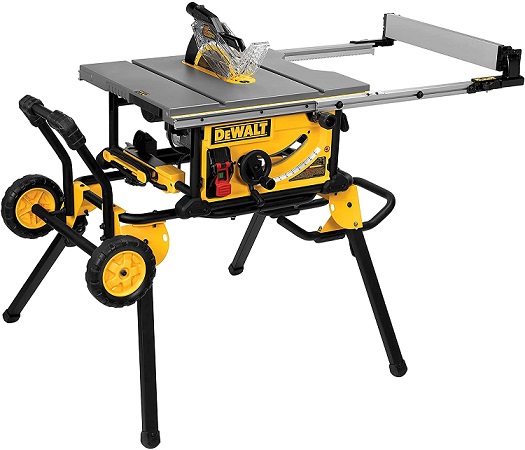


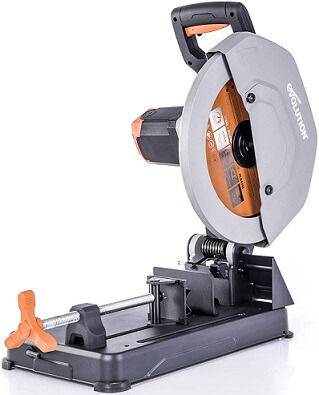
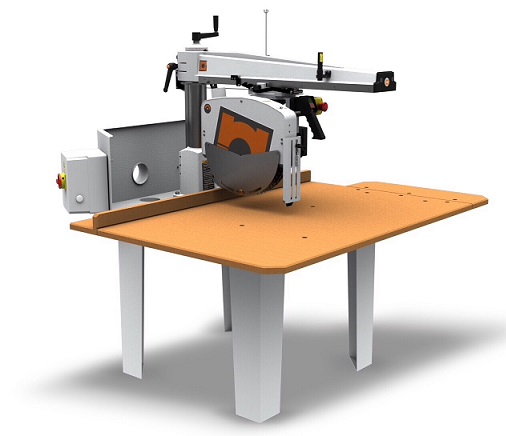
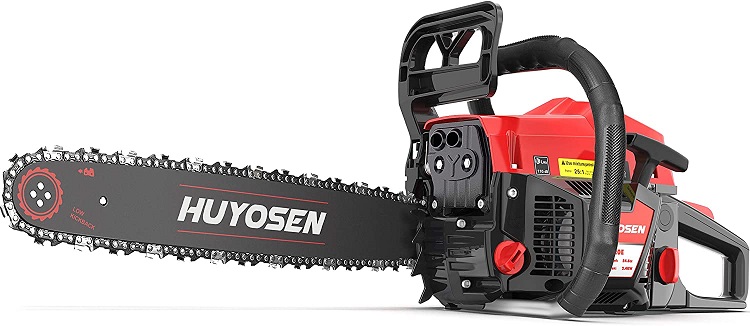

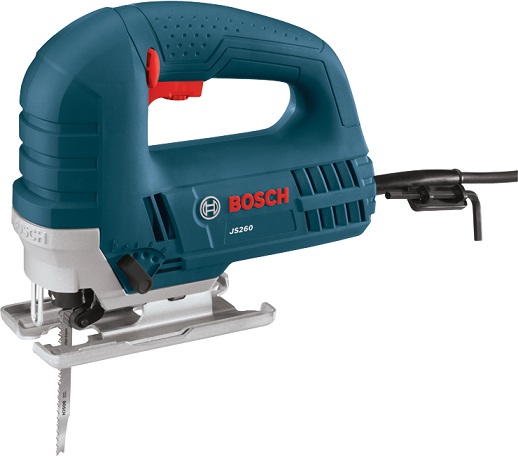
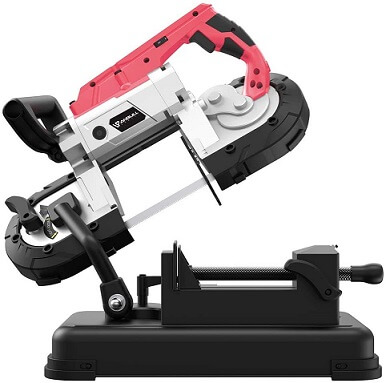

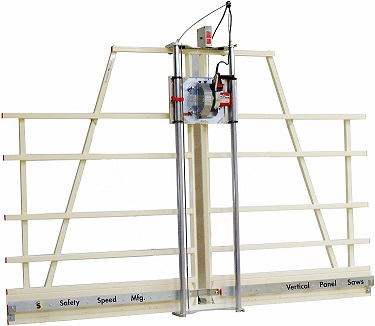

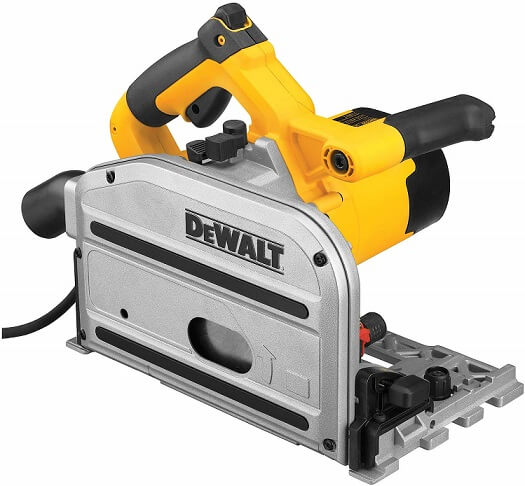
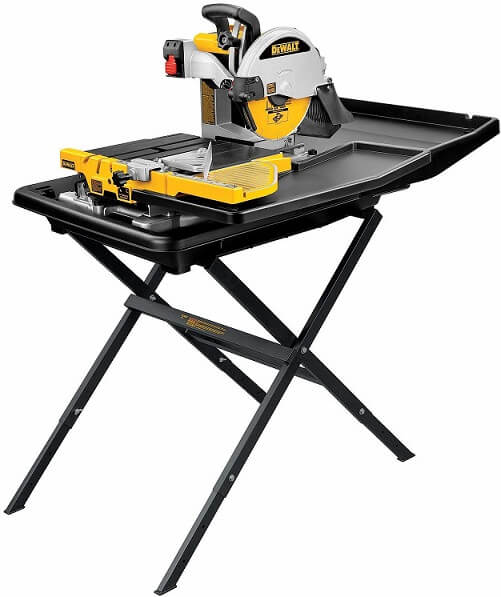



![]()